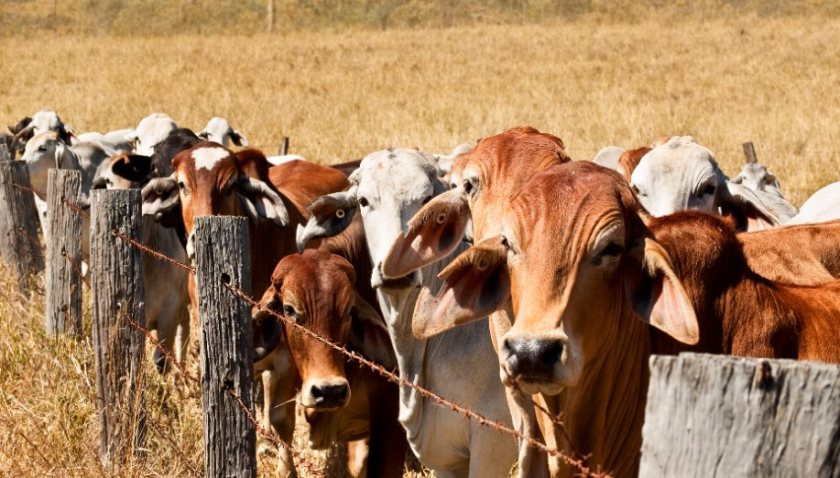
The world’s first standard method has launched for companies to set science-based targets that include land-based emission reductions and removals.
The Science Based Targets initiative (SBTi), a global body enabling businesses to set emissions reduction targets, has unveiled the method.
Its Forest, Land and Agriculture (FLAG) Science Based Target Guidance provides businesses in food, agriculture and forestry with the tools to help stem climate change.
The framework has a whole sector approach, covering everything from deforestation to shifts in diets.
It includes eleven mitigation pathways for major commodities with high carbon footprints, including beef, palm oil, dairy, poultry, timber and wood fibre
The food, agriculture and forestry sector represents nearly a quarter (22%) of global greenhouse gas (GHG) emissions, the largest emitter after energy.
Emissions from the sector need to be cut by 72 percent by 2050 to help stem climate change, according to SBTi.
So far, more than 360 companies with land-intensive operations have committed or set targets through the body.
And almost half are publicly reporting GHG emissions, with 38% committed to setting net-zero targets.
However, few businesses account for land-based emissions in their targets or disclosures due to the lack of available guidance and methods.
SBTi's new FLAG Guidance aims to give businesses an understanding on how to accelerate decarbonisation of land emissions to limit global warming to 1.5°C.
Martha Stevenson, senior advisor for the SBTi said: “To avoid the devastating impacts of the climate crisis and to build resilience in the most vulnerable communities, cutting land-related emissions must be a priority.”
Companies within land-intensive sectors or those with land-related emissions that contribute 20% or more of their overall emissions are being encouraged to set FLAG science-based targets.
Christa Anderson, co-lead of the SBTi FLAG project said: “The next few years are critical in our efforts to address the climate crisis, and this guidance addresses 22% of global emissions that have largely been ignored to date.
"The food, land and agriculture sector has the potential to both cut emissions and enhance carbon sinks at the pace to keep the goal of limiting climate change to 1.5°C within reach.
"Companies should incorporate this guidance into their planning and take action now - stop deforestation and improve land management practices — if we are to have a sustainable future tomorrow.”
